Photochemistry, Photocatalysis and Photoreactors
Photochemistry is the study of chemical reactions that occur as a result of light absorption. Photochemical systems that use sunlight to drive key chemical reactions or generate electricity are extremely significant for the development of sustainable energy sources. The underlying process for all of photobiology is photochemistry. A molecule's electrical structure changes when it absorbs a photon of light, and it responds differently with other molecules as a result. The absorbed energy from light might cause photochemical changes in the absorbing molecule or in a nearby molecule (e.g., photosensitization).
Photocatalysis is a photo-activated chemical reaction that occurs when free radical mechanisms are triggered when a substance comes into contact with photons with adequate energy levels. The term photocatalyst is made up of two words: photo, which refers to a photon, and catalyst, which refers to a chemical that changes the rate of a reaction when it is present. Photocatalysts are materials that, when exposed to light, change the rate of a chemical reaction. Photocatalysis is the term for this occurrence. Photocatalysis is the use of light and a semiconductor to catalyse processes. A photocatalyst is a substrate that absorbs light and functions as a catalyst for chemical reactions.
A photoreactor is a chemical reactor that interacts with photons, a photocatalyst, and reactants, as well as accumulates reaction products resulting from physicochemical transformations.
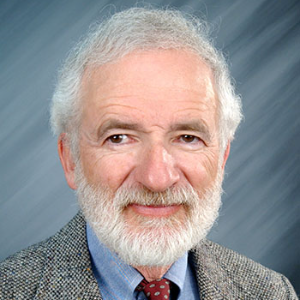
Arthur J Nozik
University of Colorado, United States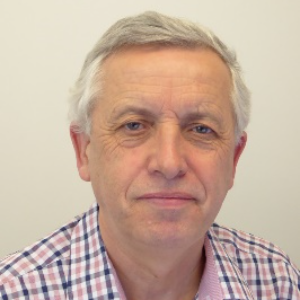
Stanislaw Dzwigaj
Sorbonne-Universite-CNRS, France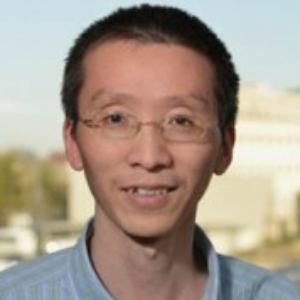
Haibo Ge
Texas Tech University, United States
Ashanendu Mandal
University Of Calcutta, India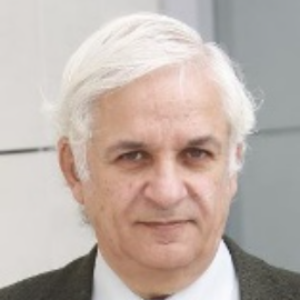
Victor Cerda
Sciware Systems, Spain
Tokeer Ahmad
Jamia Millia Islamia, India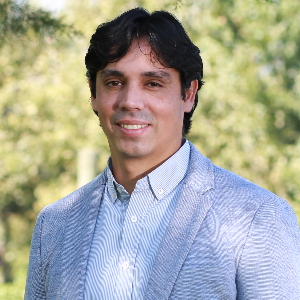


Title : Application of metal Single-Site zeolite catalysts in catalysis
Stanislaw Dzwigaj, Sorbonne-Universite-CNRS, France
Title : Designing of nano-sized heterostructures for hydrogen production using overall water splitting
Tokeer Ahmad, Jamia Millia Islamia, India
Title : United Nations’ strategy responding to climate change
Dai Yeun Jeong, Asia Climate Change Education Center, Korea, Republic of
Title : Thermal and mechanical processes and reactions in reversible behavior of shape
Osman Adiguzel, Firat University, Turkey
Title : An innovative magnetic resonance spectroscopic method for catalysts’ activities
Mohamed A Morsy, King Fahd University of Petroleum & Minerals, Saudi Arabia
Title : Engineering stable, expressible, functional industrial enzymes with protein sequence likelihood models
Shawn Reeves, University Of Waterloo, Canada